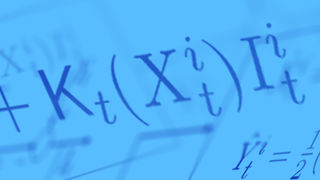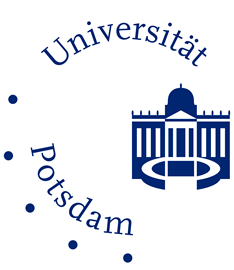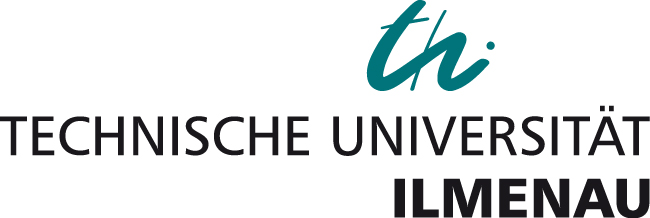Welcome to the collaborative Research Center TRR 181 ”Energy transfers in Atmosphere and Ocean“
The seamless integration of large data sets into sophisticated computational models provides one of the central research challenges for the mathematical sciences in the 21st century. When the computational model is based on evolutionary equations and the data set is time-ordered, the process of combining models and data is called data assimilation. The assimilation of data into computational models serves a wide spectrum of purposes ranging from model calibration and model comparison all the way to the validation of novel model design principles.
The field of data assimilation has been largely driven by practitioners from meteorology, hydrology and oil reservoir exploration; but a theoretical foundation of the field is largely missing. Furthermore, many new applications are emerging from, for example, biology, medicine, and the neurosciences, which require novel data assimilation techniques. The goal of the proposed CRC is therefore twofold: First, to develop principled methodologies for data assimilation and, second, to demonstrate computational effectiveness and robustness through their implementation for established and novel data assimilation application areas.
While most current data assimilation algorithms are derived and analyzed from a Bayesian perspective, the CRC will view data assimilation from a general statistical inference perspective. Major challenges arise from the high-dimensionality of the inference problems, nonlinearity of the models and/or non-Gaussian statistics. Targeted application areas include the geoscience as well as emerging fields for data assimilation such as biophysics and cognitive neuroscience.
Speaker
Prof. Dr. Melina Freitag, University of Potsdam, Institute of Mathematics
Managing Director
Stella Krüger, University of Potsdam, Institute of Mathematics
News
We are hiring!

We are pleased to invite applications from motivated and talented researchers to join the team of our Collaborative Research Centre. In the upcoming… more ›
Congratulations to Alexandra Carpentier on Her ERC Consolidator Grant
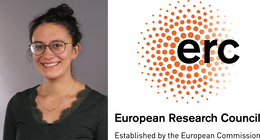
We are pleased to congratulate our PI Alexandra Carpentier on being awarded a highly competitive ERC Consolidator Grant for her project “Statistical… more ›
Our CRC enters its third Funding Period!
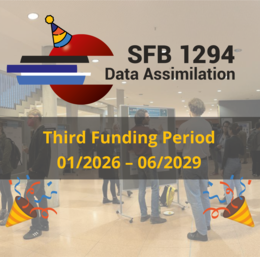
On Thursday, November 20, we received the long-awaited decision from the DFG following the review on September 10 and 11, with excellent news: our… more ›
Upcoming Events
Research Colloquium with Jochen Bröcker (University of Reading)
Jochen Bröcker, University of Reading 2.09.2.2214:00-16:00 Uhr
Dynamical reconstruction of forcings in quasigeostrophic and transport-diffusion equations
Abstract: In this talk, we will discuss simple data…
more ›Latest Publications
Calvello, E., Reich, S. and Stuart A.M. (2025): Ensemble Kalman methods: A mean field approach. Acta Numerica 34, 123-291 doi:10.1017/S0962492924000060
Ertel, S. W. (2025). On the mean field theory of Ensemble Kalman filters for SPDEs. SIAM/ASA Journal on Uncertainty Quantification, 13(3), 891-930. doi:10.1137/24M1658954
Mach, T., & Freitag, M. A. (2025). Solving the parametric eigenvalue problem by Taylor series and Chebyshev expansion. SIAM Journal on Matrix Analysis and Applications. https://doi.org/10.1137/23M1551961

